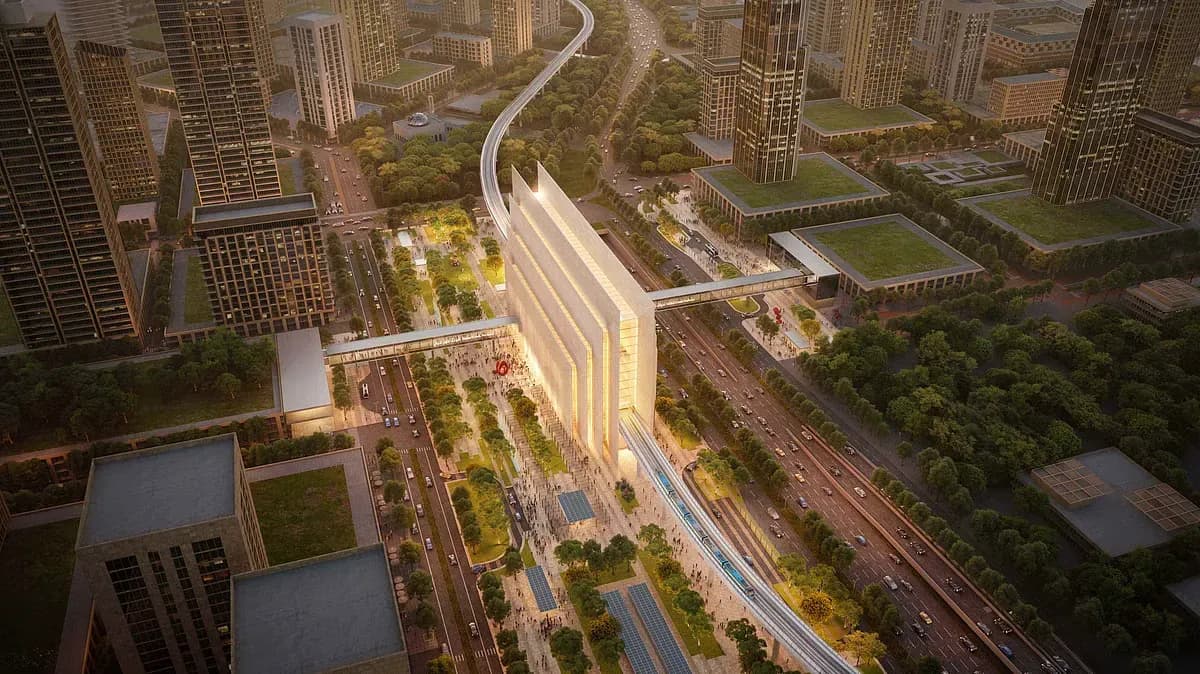The U.S. government has announced a significant increase in tariffs on imported steel and aluminum, doubling the previous rate from 25% to 50%. This policy change is expected to have widespread effects on the construction industry, potentially leading to higher project costs and impacting housing affordability across the nation.
Impact on the Construction Industry
The construction sector relies heavily on steel and aluminum for various projects, including residential, commercial, and infrastructure developments. With the new tariffs in place, the cost of these essential materials is anticipated to rise, leading to increased expenses for builders and developers.
Industry experts warn that these heightened costs could result in project delays, cancellations, or reduced scopes, particularly for developments with tight budgets. Small to mid-sized construction firms may be disproportionately affected, as they often operate with narrower profit margins and less flexibility to absorb sudden cost increases.
Potential Effects on Housing Affordability
The housing market may also feel the repercussions of the tariff hike. As construction costs escalate, developers might pass these expenses onto consumers, leading to higher home prices. This scenario could exacerbate existing challenges in housing affordability, especially in regions already experiencing housing shortages or high demand.
Prospective homeowners may find it more difficult to enter the market, and rental prices could also rise as developers seek to offset increased construction expenses. Affordable housing projects, which often rely on tight budgets and subsidies, might face additional hurdles in maintaining cost-effective construction practices.
Broader Economic Implications
Beyond construction and housing, the tariff increase is expected to influence various sectors that depend on steel and aluminum, such as automotive manufacturing, appliance production, and packaging industries. Consumers may notice price hikes in everyday goods, from vehicles to canned food products, as manufacturers adjust to the increased material costs.
Economists suggest that while the tariffs aim to bolster domestic metal production, the immediate effect may be a strain on industries reliant on imported materials, potentially leading to slowed economic growth and increased inflationary pressures.
Industry Response and Future Outlook
Construction industry leaders are advocating for measures to mitigate the impact of the tariffs, including seeking alternative material sources, negotiating with suppliers, and exploring cost-saving construction methods. Some firms are considering the use of alternative materials or innovative building techniques to reduce reliance on steel and aluminum.
As the situation evolves, stakeholders across the construction and housing sectors will need to monitor developments closely and adapt strategies to navigate the changing economic landscape. Collaboration between industry groups and policymakers may be essential in addressing the challenges posed by the increased tariffs and ensuring the continued growth and stability of the construction industry.




